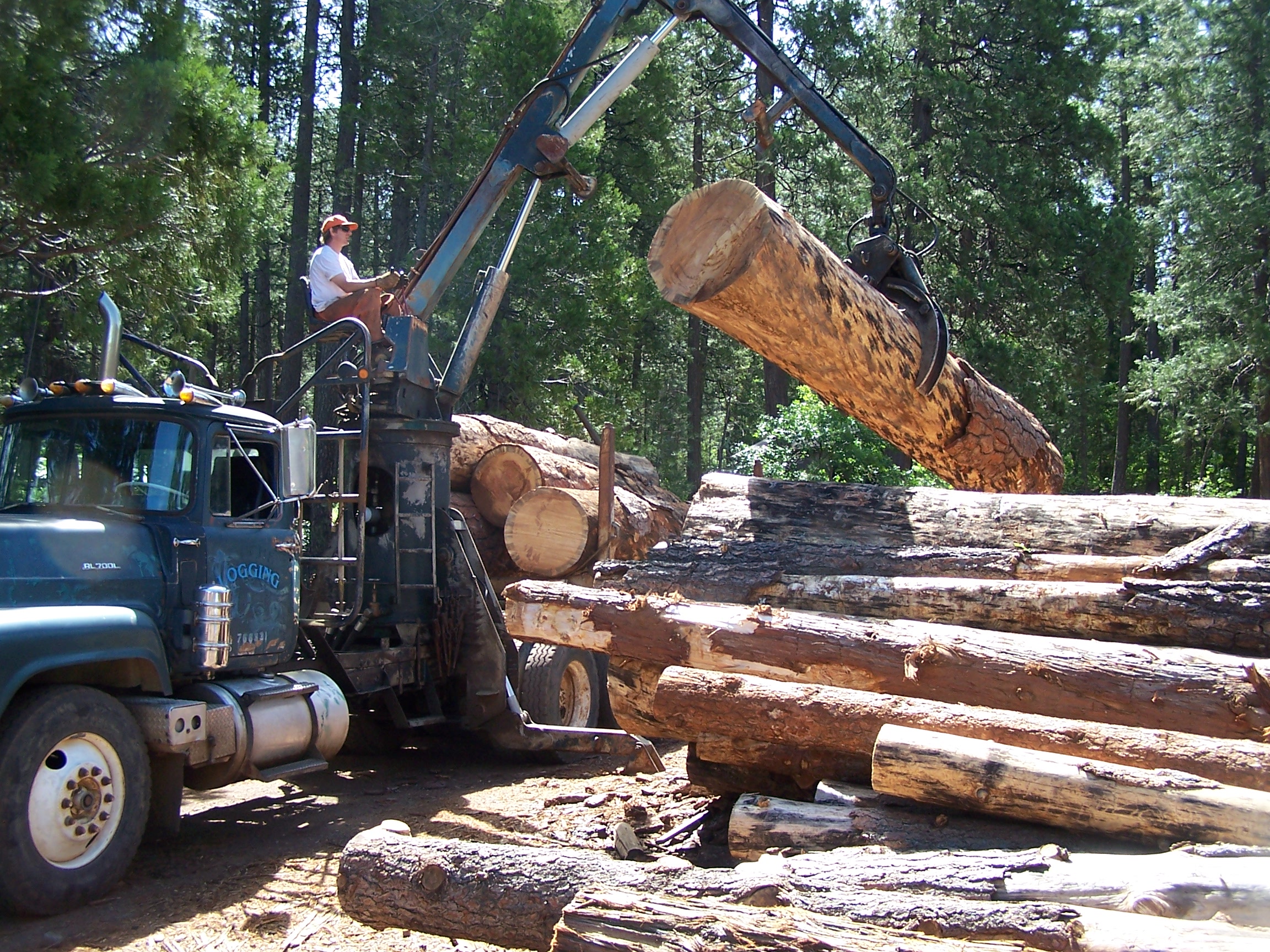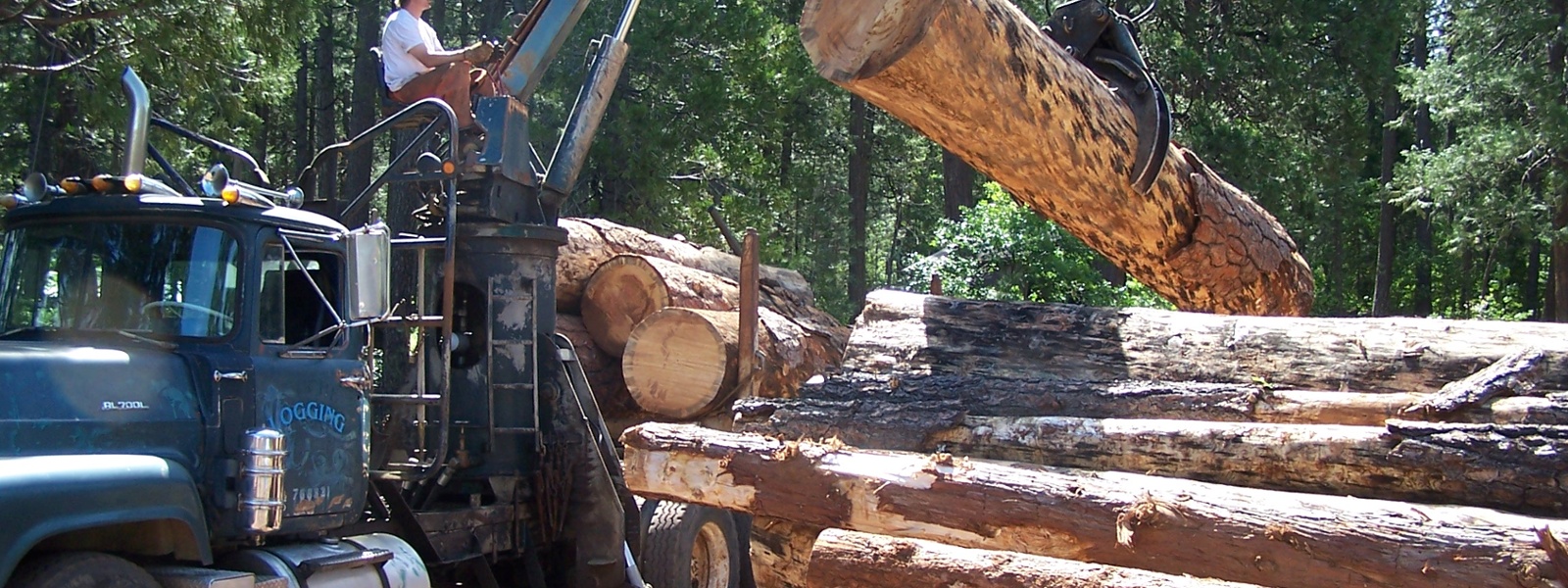Timber producers expecting stronger demand for lumber


By Christine Souza
Timber and forest products sector leaders and market analysts say warmer temperatures mean a return to a more typical seasonal demand as construction and home improvement projects resume after the winter slowdown.
They say the timber market should fare reasonably well this year, despite rising interest rates affecting new home purchases.
Dennis Webb, chief forester of Davenport-based Big Creek Lumber, a family-owned wood products company that produces mostly redwood and operates a sawmill and six retail locations, said higher interest rates have led to a modest decline in prices for most species of timber.
But he said, “On the flip side, consumer spending is still fairly strong. Timber markets have been a little more resilient than you’d expect given the rapid rise in interest rates.”
John Andersen, forest policy director and registered professional forester for Humboldt Redwood Co. and Mendocino Redwood Co., both of which specialize in redwood and Douglas fir products sold at home improvement retailers, said he expects demand to increase soon.
“Once things warm up, people start thinking about projects that use wood products, and we will have maybe somewhat of a normal year,” Andersen said.
During the pandemic in 2020 through 2022, California timber operators said there was strength and optimism in the market as demand skyrocketed for harvested logs and lumber products.
With people sheltering in place during the pandemic and timber and forest products declared as an essential business, the sector experienced a doubling—and in some cases a tripling—of lumber prices as inventories were depleted.
People turned to neglected home repair and remodeling projects, and customers waited in long lines outside improvement stores to purchase lumber for decks, fencing and other home needs.
At the same time, demand for new housing construction, which represents a major indicator in domestic lumber prices, increased.
A single unit of housing requires an average 15,000 board-feet of lumber. In late-2019 to early 2020, housing starts in the U.S. peaked at 1.6 million units.
Lumber market analyst Rocky Goodnow, vice president of timber at Massachusetts-based Forest Economic Advisors, said with shelter-in-place rules rescinded, interest in timber has returned to pre-pandemic levels with improved demand for harvested logs and lumber in the spring and summer.
“From a wood products and lumber market perspective, we’re off the highs that the markets reached in ‘21 and early ’22,” Goodnow said. “We’re starting to see positive signs for demand in housing starts, and we continue to see strong numbers on the repair and remodeling side.”
Goodnow said he expects the U.S. economy to enter a recession in late 2023. But he said the timber sector may be able to withstand a potential downturn.
“Generally, we think this sector is likely to outperform the overall economy because there’s still a lot of strong fundamentals that we think is going to help,” Goodnow said.
As a large segment of the U.S. population—those in their early to mid-30s—drives demand for housing, he said he expects demand for timber to continue. He noted low housing inventory for buyers will increase demand for new construction.
The U.S. is expected to consume about 50 billion board-feet of lumber this year. The figure includes end-use markets, from housing starts to residential improvements, nonresidential construction and industry markets. California consumption represents 9% of the U.S. supply, about 4.5 billion board-feet.
Rising costs and added regulations, Andersen said, affect the bottom line of timber operators.
“Due to the cost of diesel, our loggers are coming in with higher hourly rates,” he said. “And with the air resources board looking at zero-emission forklifts, we’ve got 60 or 70 forklifts we’re going to have to turn over to electric, and that’s going to be a very significant cost to us.”
California timber operators said the influx of wildfire-salvaged logs, which take priority over green timber because they must be harvested within a year to maximize their value, is easing. Too many salvaged logs can depress prices for the rest of the market, Webb said.
After three years of drought and devastating wildfires, Steven Brink, California Forestry Association vice president of public resources, said snow and rain this winter is positive for improved forest health.
“Obviously, the ground is saturated, which is great for the forest, so the forests will do well this summer,” Brink said. “There’s still (tree) mortality occurring, but it is nothing like it was.”
An estimated 36.3 million trees died in California in 2022, primarily because of drought, high temperatures, insects, disease and overcrowded forests, according to a report from the U.S. Forest Service.
During the drought of 2011-2016, the agency reported that 66 million trees—mostly pine species—died in the southern Sierra due to bark beetle infestations, drought, wildfire and climate change.
Looking to the future, timber sector leaders say there is increased interest in mass timber construction, which uses engineered wood products made of solid wood panels, columns or beams.
“Throughout the U.S., there’s been a big push for mass timber, and that is building multi-story structures out of wood because you are using a product that stores carbon versus concrete or steel that has a large carbon footprint,” Andersen said. “Everybody is always looking for more customers, and we’re busy trying to enter new markets, and mass timber is part of that.”
(Christine Souza is an assistant editor of Ag Alert. She may be contacted at csouza@cfbf.com.)




